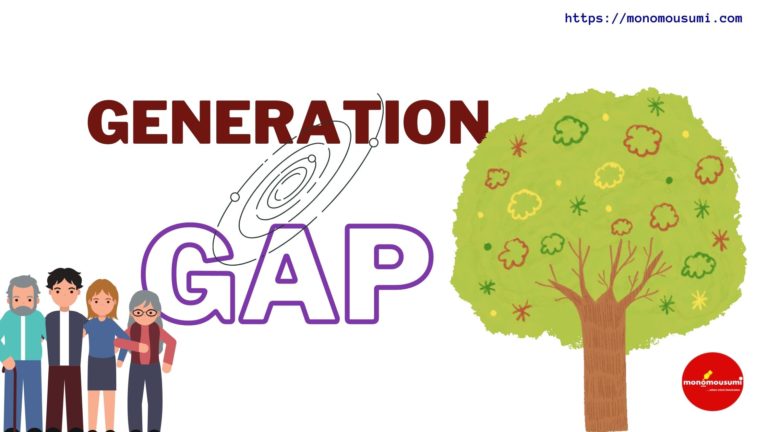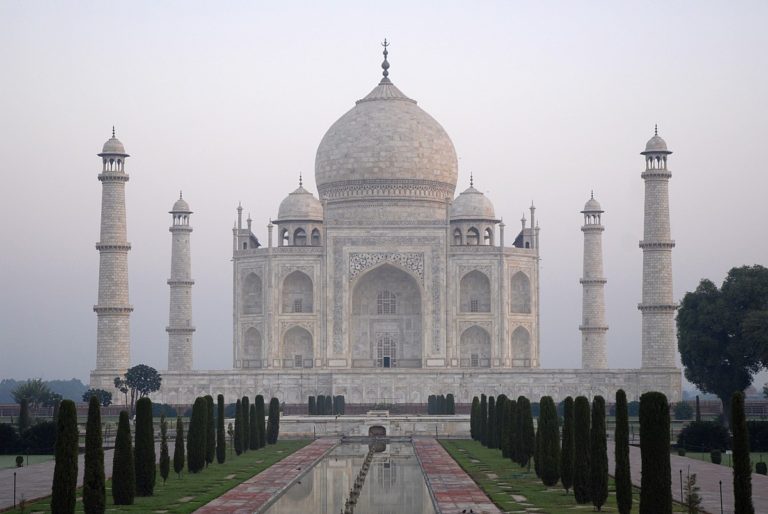
“Monsters are real, they live inside us and sometimes they win.” Neil Gaiman.
26/11. It brings chills down every Indian’s spine. The city of dreams, Mumbai was being gunned down by 10 AK-47s while the whole country watched in silence. Astonished, terrified, and confused. The sheer amount of planning that went into this operation is very surprising. How could 10 terrorists with guns and grenades enter our motherland, causing humungous distress and chaos in the city for three days? When did it become that easy? That’s probably just how we see it, the ones who didn’t experience it. But the ones who did will tell that by the time they realized the intensity of this attack, everything was over and no one knew who to blame. The government? The army? Luck? The terrorists? Themselves? Or God?
As a six-year-old who was dealing with the crisis of choosing which pencil to take to school that day Natraj or Apsara, I didn’t know what happened, many didn’t. Like thousands of other six-year-olds across my country, I just happily went to school and came back all those three days, not knowing how grateful I and the other six-year-olds should be to be alive.
It could’ve been any city but it was Mumbai- The financial capital of the country. According to the reports on the unfortunate night of 26th November 2008, 10 unknown men came ashore at Colaba. The fishermen informed the local police, but the information was taken very lightly. The attacks began at 21:30, at Chhatrapati Shivaji Maharaj Terminus, CST, and Leopold café simultaneously. Four men, in two pairs, entered the locations respectively and violently gunned down 58 people at CST and 10 people in the café, 141 were injured at the station, and many more in the café.
After causing chaos at CST, the two terrorists named Kasab and Khan, went for the Cama hospital as their next battleground. But the hospital was smart, the staff switched off the lights and locked all their wards which lead to their ultimate safety. By this time the Anti-terrorist squad actively began searching for the terrorists. The chief, Hemant Karkare, and his officers Vijay Salaskar, Ashok Kamte, and many others first searched CST but all in vain. After a few minutes, there was a bomb explosion in the lane beside the hospital which meant that they were there. After a tough fight, all the officers lost their lives. Khan was dead too. Kasab tried to escape but was stopped by the constable Tukaram Omble, who died while trying to disarm Kasab. Nevertheless, Kasab was caught, alive.
In the next one hour, the Nariman house, Taj hotel, and Oberoi trident were under serious attack by six men, three pairs, one at each location. Six explosions were reported at the taj hotel- one in the lobby, two in the elevator, and three in the restaurant. The terrorists first attacked the guests around the swimming pool and moved inside the restaurant. They also set up bombs under the central dome of the hotel which later led to a massive fire raging through the top floors of the Taj. During the attack, all of the employees of the hotel, though aware of the situation and also the exit points, they chose to stay and help the customers escape alive. At least 31 people were killed and 200 were held hostages, who were rescued later by the NSG. Major Sandeep Unnikrishnan was martyred in the deadly gunfight. One explosion was reported from the Oberoi Trident, costing 31 people their lives, and others were held hostages, later rescued by the NSG.
Out of the ten terrorists, nine were killed in Operation Black tornado launched by the NSG, led by JK Dutt. Kasab, the only terrorist left alive was sentenced to death and the order was executed on November 21st, 2012. Later, the terrorists were identified as a part of an Islamic terrorist cult, Lashkar-e-Taiba. They were trained with the information provided by a Pakistani-American who stayed at the Taj hotel multiple times before the day of the attack and were also drugged to cause maximum chaos at the top sites of Mumbai.
A total of a hundred and sixty-seven people lost their lives while three hundred people were injured. The worst part of it all is that these people who probably just like any other human were going home or visiting their grandparents or were in town in search of a job and few might’ve been tourists. They did nothing wrong to anyone. They were all innocent people stuck in the terror. That is what scares people the most, no matter what you did or didn’t, once you’re put under a circumstance like this, you’re bound to get scarred, physically which is worst, and mentally which is far worse.
This was not the first time Mumbai was attacked, there were blasts in the 1990s too, but the magnitude of this attack was one of its kind. On one side were ten Pakistani terrorists and on the other were courageous Mumbaikars who tried their best to help each other survive. Each and everyone was brave and fought till their last breath. India has lost a lot during this attack but learned a lot too.
What was astonishing was the compassion of the local people. Be it chotu the chaiwallah, who ran a tea stall outside CST, helped to transport many injured people to the hospital, or Vishnu Dataram Zende who kept making announcements for the passengers to leave CST during the attack selflessly, or Sandra Samuel who saved the life of a two-year-old, Moshe Holtzberg while his parents were being mercilessly gunned down by the terrorists for being Jews, or Karam Bir Singh Kang, the general manager of the Taj hotel who left the conference and reached the hotel to save the customers, Mallika Jagad, the 24-year-old banquet receptionist, because of whom sixty customers were unharmed and safe- all of these people knew the dangerous situation they were put into but still decided to save their fellow localities before saving themselves. The day after the attacks the Taj hotel received immense appreciation for not only being smart but for putting their customers before them. In fact, Harvard conducted a massive psychology case study on the topic and found out that they recruited people from smaller towns rather than big cities where traditional culture still holds strong and taught them to be the ambassadors of their guests to the organization and not the ambassador of the company to their guests.
This incident, exposed India’s vulnerability to terrorism, although the country is no stranger to it and the way Mumbai recovered, was India’s bravery at its finest. They proved that in unity there is strength. Twelve years have passed, but the scars still remain.
By Abhilaya Makkuva
Write and Win: Participate in Creative writing Contest & International Essay Contest and win fabulous prizes.


